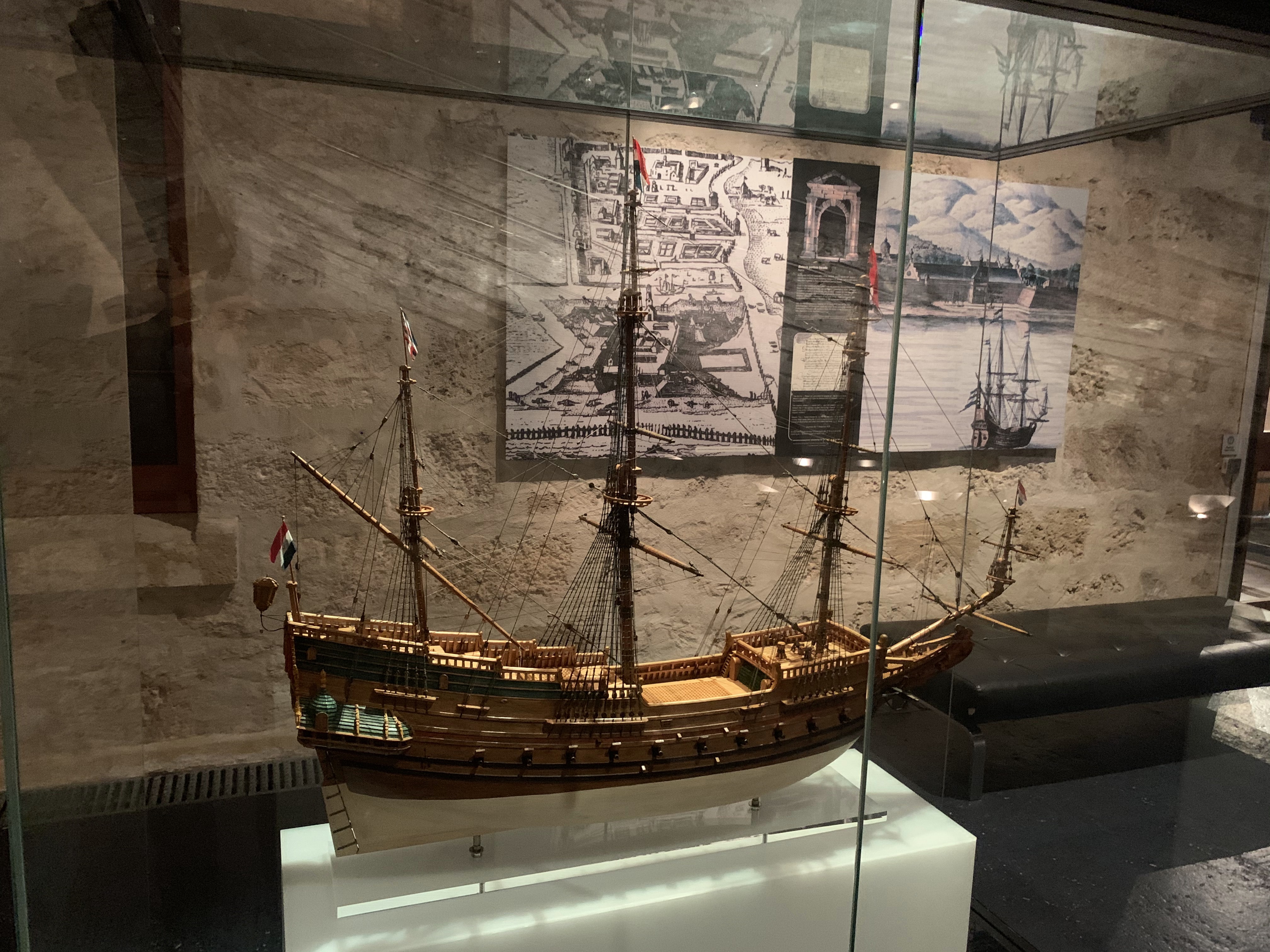
Heading out to site
Part of our development cycle is to (where possible) sit down and discuss the progress of ongoing projects that are in development with our clients. This allows us to ensure that our work is to the highest standard and meets the needs of the customer. It also allows to incorporate any new features or suggestions from our client should they have had any ideas since the initial spec was drawn up. During last week, Paul and Jordan headed out to Fremantle to visit Jeremy at the WA Shipwrecks museum to demonstrate the current version of the journals project, and he was most impressed.
Western Australian Shipwrecks Museum – located in Fremantle. Photo: P Mulroney
He started working at the WA Museum in 1971, on the Batavia shipwreck. He's been working for 10 years on this particular project of the various Batavia Journals, and was frustrated at the limitations that he was getting in displaying the scans of the journal pages, the transcription and the corresponding translation. He started using assorted design tools to create the 3-pane layout that we adopted, but knew that the result would not be optimal because it could only be output as a PDF – there was no interactivity.
Jeremy (left) discussing the needs for the program to Paul (right). Photo: Jordan
When we first met in 2019, he explained to us his desire to have the three-pane layout, and we then proposed the design based on that description. We were able to use Omnis to provide the interface to Microsoft Word via AppleScript, and then use the Omnis jsClient technology to present the extracted journals to the end user. Omnis was the glue that allowed us to rapidly build a working system. Later on we implemented the display component using Angular and Node.js. Omnis will be the workhorse that allows Jeremy to process all the journals that have been recovered relating to the Batavia.
The journals give researchers insight into the lives of the people on the Batavia, which help inform the exhibits.
He said that he was so happy with the result – after so many frustrating years, it was such a pleasure to see his vision for the processing of the journals become a reality, thanks to Logical Developments.